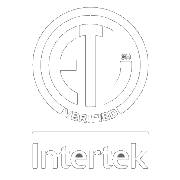BLOG CATEGORIES
January 2024 Elevator Code Updates in Florida: A Roadmap for Property Managers
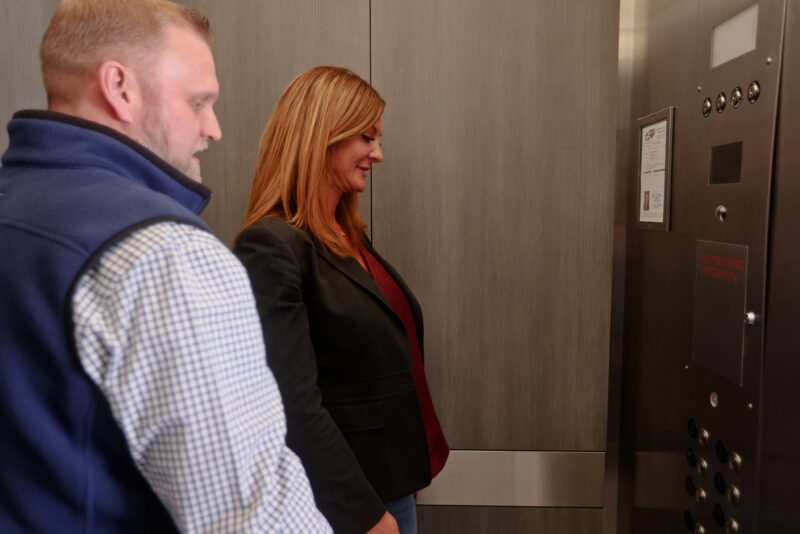
As you likely know, there’s been a significant emphasis on elevator safety in the state of Florida as of late. On the one hand, this is a good thing. Elevators are an essential part of life safety, and when not addressed properly, can leave many vulnerabilities to both residents and to you (in terms of liability). On the other hand, new legislation on the matter doesn’t necessarily come without additional headaches, costs, and, often times, confusion. We’re probably preaching to the choir here as we approach the deadline to comply with Florida’s Door Lock Monitoring (DLM) code.
With the DLM deadline approaching January 1st, it’s crunch time, and we hope most, if not all of you already have this taken care of, but it’s important that you are aware of an additional upcoming elevator code adoption. In the very month that the deadline to comply to the DLM code closes, Florida will be adopting ASME’s updated 2019 version of A17.1/CSA B44 Safety Code for Elevators and Escalators.
CATEGORIES TAGGED
CATEGORIES
Hopefully your elevator company has kept you in the loop and this isn’t a total surprise. Either way, we’ve been dealing with this upon its conception 4 years ago across the country as other states gradually adopt, so we’re ready and more than equipped to walk both you and your elevator company through the process. Here’s what you need to know.
What’s the change?
In the updated A17.1/CSA B44 Safety Code for Elevators and Escalators, looking specifically at Section 2.27.1: Car Emergency Signaling Devices, there are a few important additions of which to make note.
First is the inclusion of requirements specifying how the person answering an elevator entrapment call communicates with those in the elevator. Two-way communication has always been important, but ASME has added language stating, in a nutshell, elevator emergency communication now must:
- Include two-way (text based) messaging capability for the hearing and/or speech impaired
- Include video capability*
- Display a message to indicate call has been received and help is on the way and/or onsite
So, what does this mean? Whoever answers your elevator call needs to be able to have text conversations and be able to view passengers in the cab. *Video surveillance is not required to run live 24/7, but the emergency operator must be able to activate it when the emergency call button is activated.
Why the change?
We’ve all been there when the help button is pushed accidentally, and the passengers pretend it didn’t happen or, maybe, just walk out of the elevator. What should the responder do if he/she doesn’t get an answer? Monitoring stations receive up to 1,000 false calls every day. On the other hand, what if a rider needs help but can’t be heard?
The intent of the change is to provide additional assurance, not only for those placing the call for help, but also for those responsible for providing help. If a passenger does not or cannot respond — possibly because they are speech- or hearing-impaired — the new code means emergency personnel will now be able to use a nonverbal means to communicate.
The requirement for a one-way video stream allows emergency personnel to see inside the elevator, giving them the ability to better assess the situation, such as confirming whether there is a passenger who cannot respond due to disability or incapacitation. Live, encrypted video of the elevator interior would be available to the remote-monitoring station, local fire control panel or building security desk.
Is this applicable to me?
Unlike the DLM code, this is not retroactive. ASME 2019 new code requirements will only apply when elevators are permitted for new construction or modernization after AHJ adoption. Of course, many property managers prioritizing life safety may choose to comply regardless of requirements to keep up with the cutting-edge standards. It also may be in your best interest to make upgrades to older on non-modernized elevators on the same property to ensure emergency communication system consistency. This could include elevators of a different age or type from the new installation or modernized elevator(s).
Here’s where this gets murky: which modernization projects actually warrant compliance can vary at the local level. Taken at face-value, according to ASME, enforcement would include any change to elevator equipment, including its parts, components, and/or sub systems, other than maintenance, repair, or replacement. However, what we’ve found is some AHJs have stated ANY alteration will trigger the code, while others only require the trigger upon new installs. Good news for you: We have a team of code compliance experts that understand ASME 2019 and its application (and nuances) across the country. You can reach out to us to assist with compliance in your local jurisdiction.
What are the next steps?
It’s important to know that the solution to meet this code is two-fold:
- You will need an updated video/messaging system, requiring a new panel with additional data capabilities. Your elevator company will need to install this fixture.
- You will need an emergency response solution that is not only capably equipped to respond in compliance with the new code updates but will also respond with the appropriate urgency and care. That’s where someone like Kings III comes in.
Under this newly updated code, it’s more important than ever to evaluate who will monitor the emergency calls and communicate that with your elevator company early on in the process. This helps, not only with coordination, but it will also allow you to avoid getting locked into a proprietary monitoring solution with restrictive equipment that may limit your elevator service company options.
As mentioned previously, Kings III works with elevator companies across the country in states that have already been enforcing this code (some for 4 years now). We have installers across the state of Florida, and our CabView monitoring solution works across multiple manufacturers of fixture hardware, so no matter the new panel installed, we can accommodate. Additionally, and just as importantly, we bring in the data connection to keep this off your community’s networks, protecting it from potential security risks.
Helping to ensure a best-in-class response, our CabView solution features King III’s same customary all-inclusive benefits:
- Phone equipment & installation
- Lifetime maintenance
- 24/7/365 professional emergency monitoring and response
You can comply without compromise.
Help us help you.
When it comes to elevator code, you’ve been through enough lately. We’re here to help navigate this next set of requirements, making it as seamless and hassle-free as possible.
Learn more about ASME 2019 and our solution here, or reach out for consultation from one of our code experts.
KEEP LEARNING
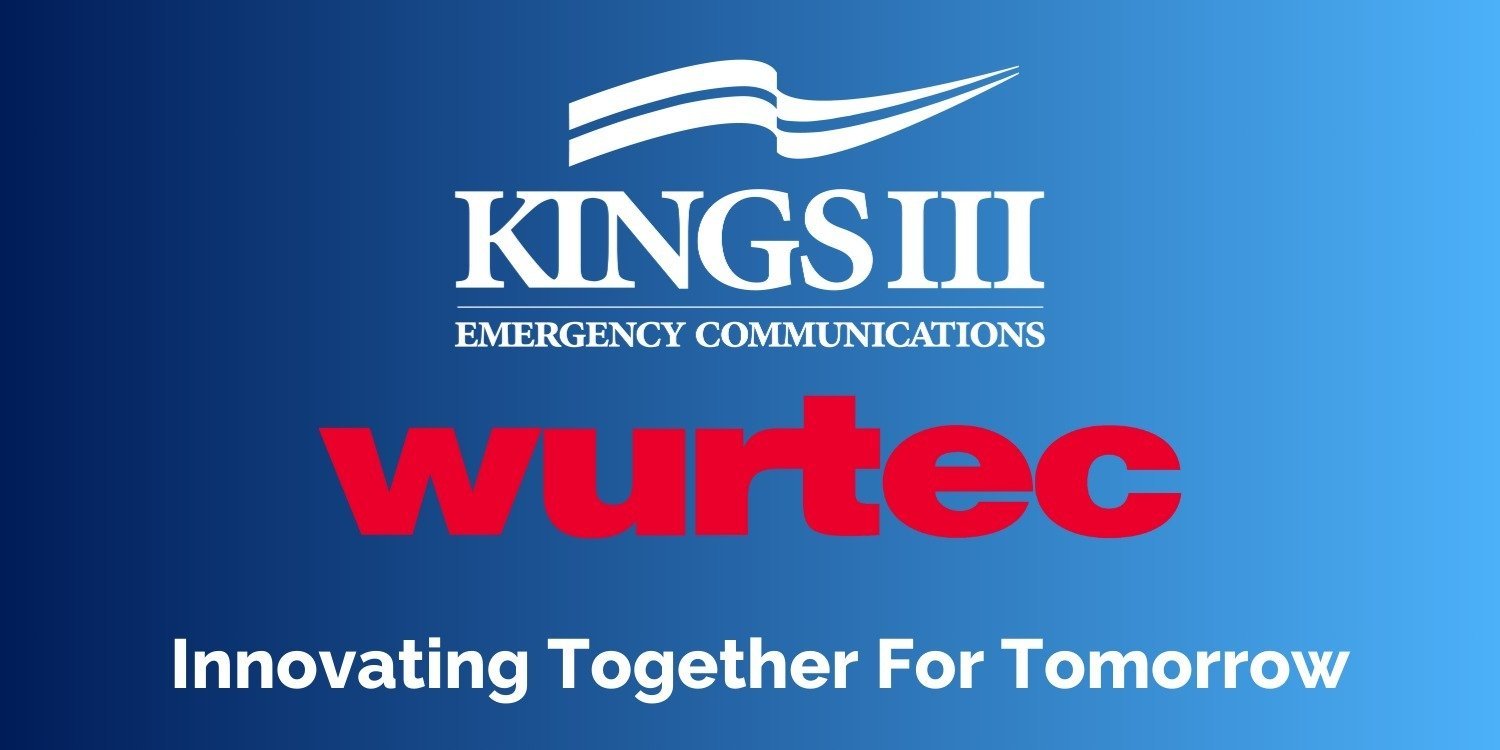
Kings III & Wurtec Partner to Improve the Emergency Communication Market of Elevator Video Messaging Systems
Kings III Emergency Communications partners with Wurtec to enhance elevator video messaging systems, addressing new code requirements for two-way displays and video monitoring. The collaboration combines Kings III's emergency response expertise with Wurtec's industry solutions to provide streamlined, compliant elevator safety communications nationwide.
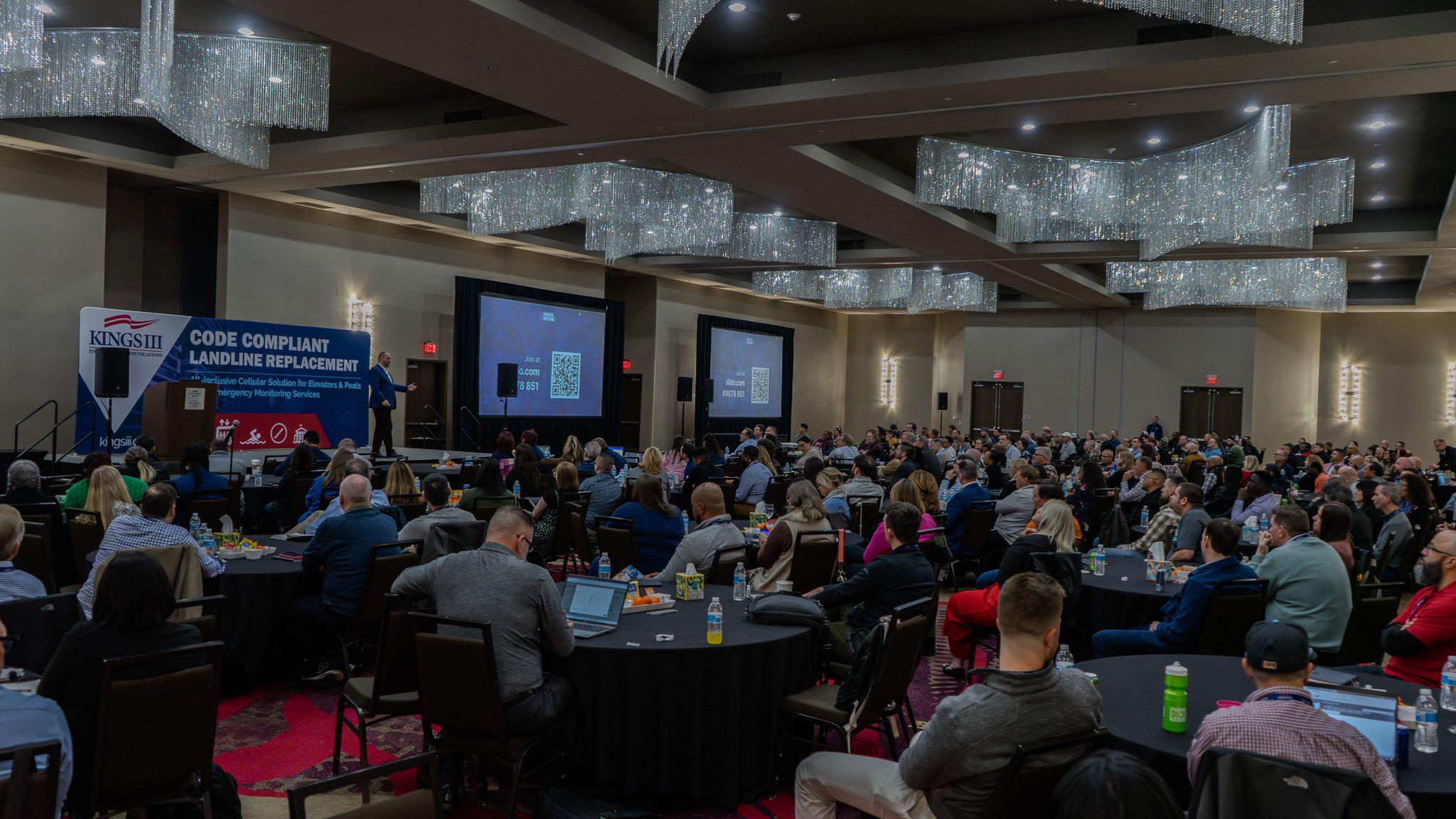
Kings III Makes Dallas Morning News’ ‘Top 100 Places to Work’ List, Marking 5th Consecutive Award
We're honored to be recognized by our employees and The Dallas Morning News by making the daily newspaper’s Top 100 Places to Work list for the 5th year in a row, falling in at 32nd in the midsize companies category.
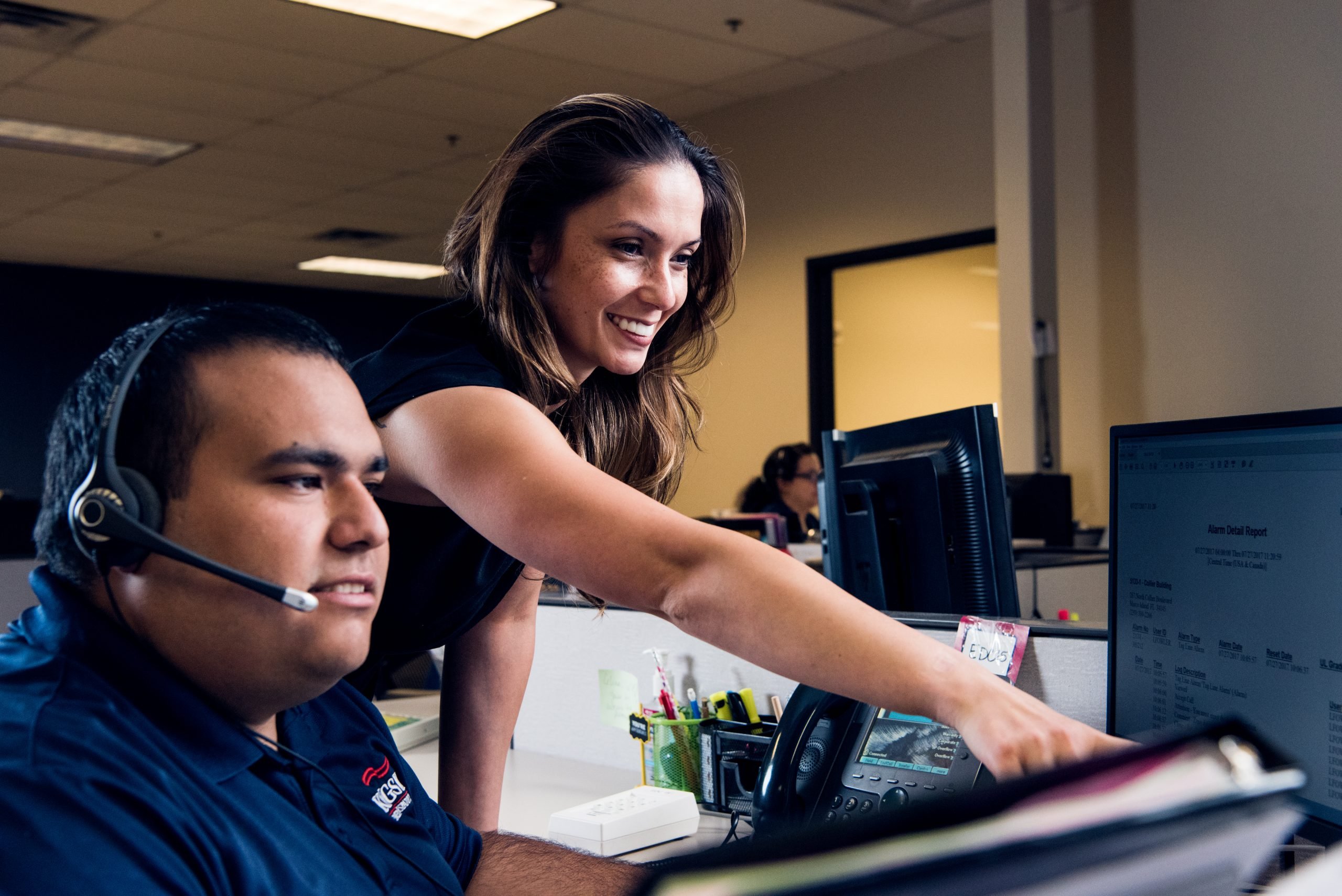
Updated Elevator Code: Who are my Authorized Personnel?
Confused about who qualifies as "authorized personnel" under the new ASME 17.1 elevator code? Learn why the same authorized staff must monitor all emergency communications—audio, video, and messaging—and why split monitoring solutions won't meet compliance requirements for your building's safety system.
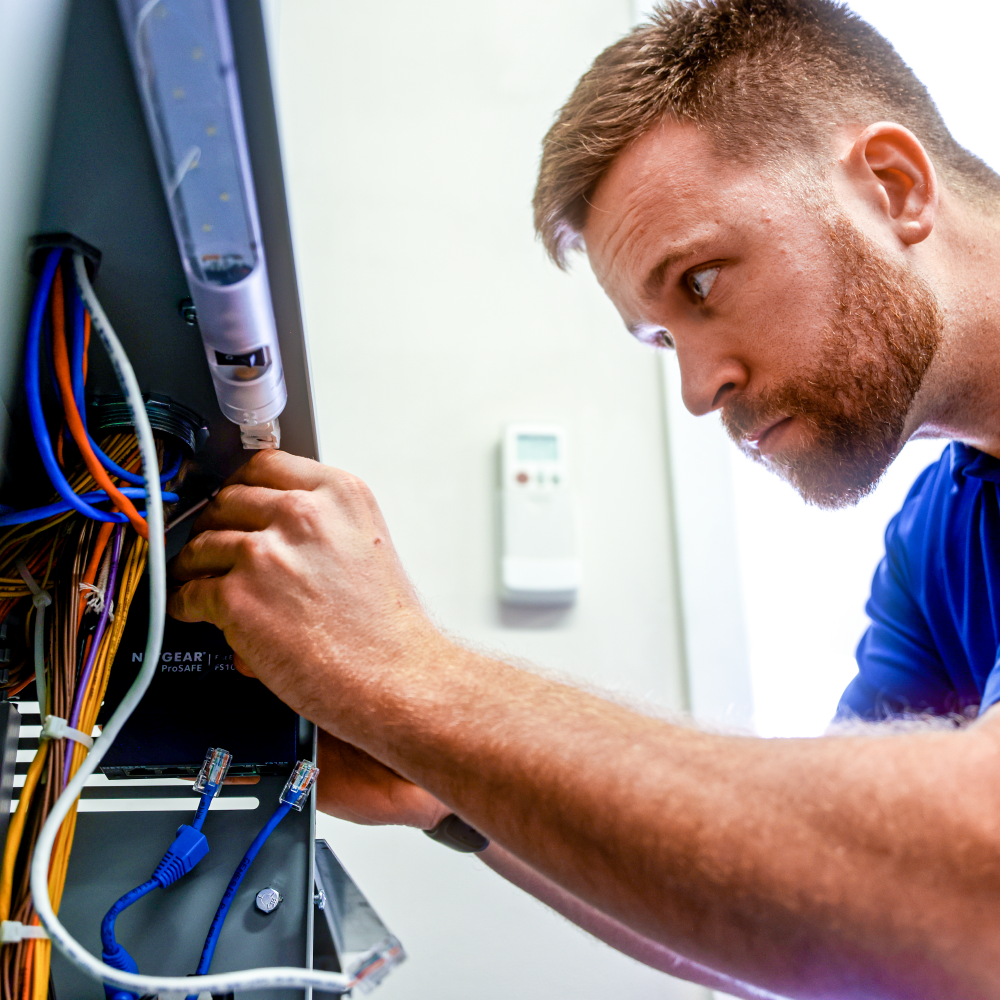
2024 Brings Increased Adoption of Codes Requiring Video and Two-Way Messaging for Elevator Communications
As 2024 progresses, the adoption of safety codes mandating video and two-way messaging capabilities for elevator communications is gaining momentum across the United States.

What an Emergency Dispatcher will Most Likely Ask You
When suddenly faced with an emergency, you may immediately feel frightened and helpless. An emergency communications system can help reduce or eliminate those reactions by providing immediate assistance. Here's what you can expect on the other side of a call you place from an emergency phone.

Kings III Makes The Dallas Morning News Top 100 Places to Work List Becoming a 4x Winner
We're honored to be recognized by our employees and The Dallas Morning News by making the daily newspaper’s Top 100 Places to Work list for the 4th year in a row, falling in at 26th in the midsize companies category.
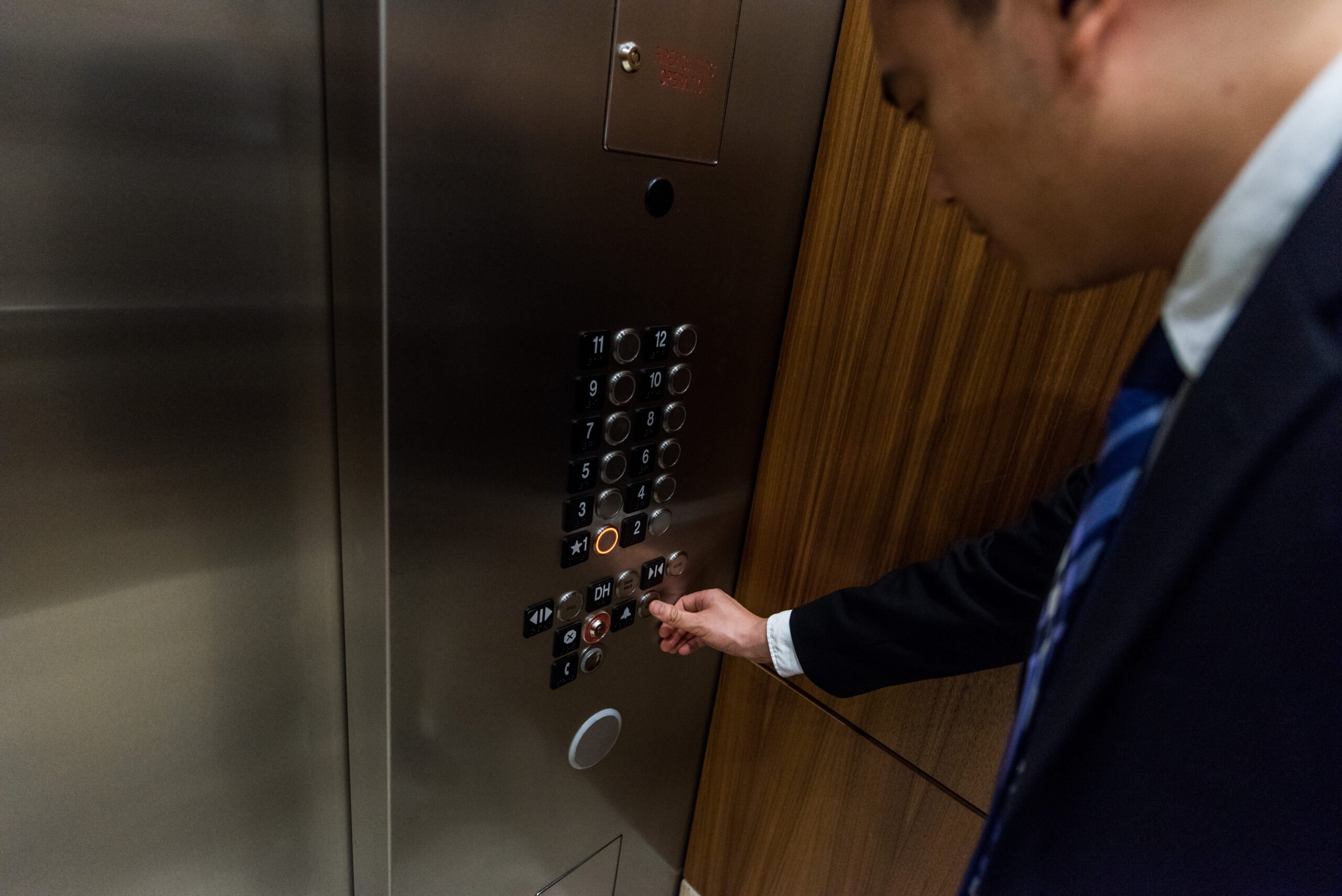
Survey Reveals Gaps in Building Emergency Communications Plans
A recent survey of property management professionals revealed that while more than 60 percent of respondents were aware that telecom companies are phasing out POTS (Plain Old Telephone Service, also known as analog copper land lines), nearly half reported their elevator emergency communication systems are still based on this endangered technology.

Successful Hotel CO Inspections
A CO is a vital requirement before opening your new-build/renovated hotel. One area we often see overlooked within the process is telecommunications. To help get you started, we’ve compiled a checklist of key telecom-specific items to consider that may be subject to inspection.
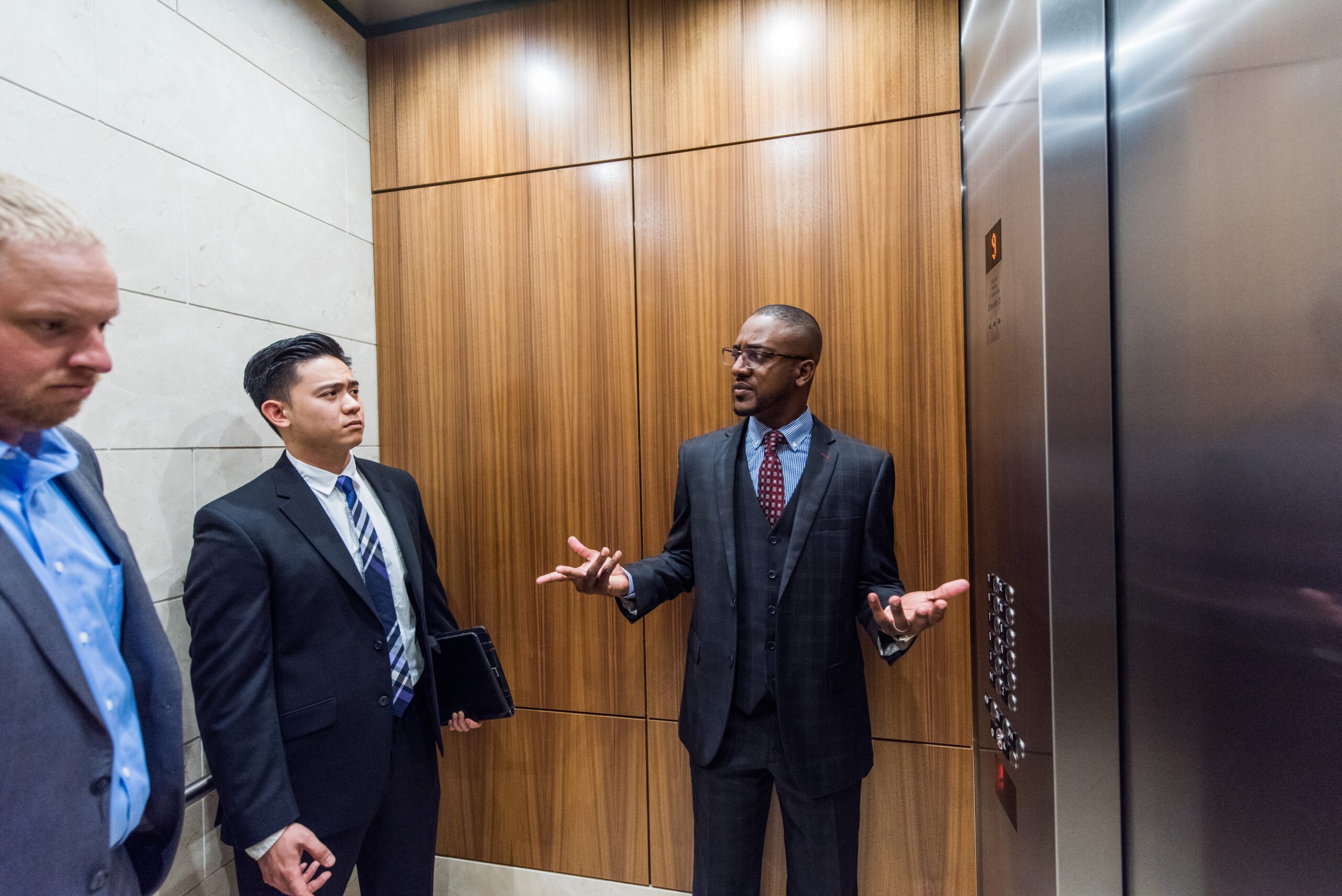
How is Elevator Liability Defined?
One of a building owner’s worst nightmares: a passenger gets into an elevator in perfect health but ends the ride with a serious physical or psychological injury. Thankfully, this is an extremely rare scenario, but all those involved in building management should know exactly how to define elevator liability and take action if an incident occurs.


